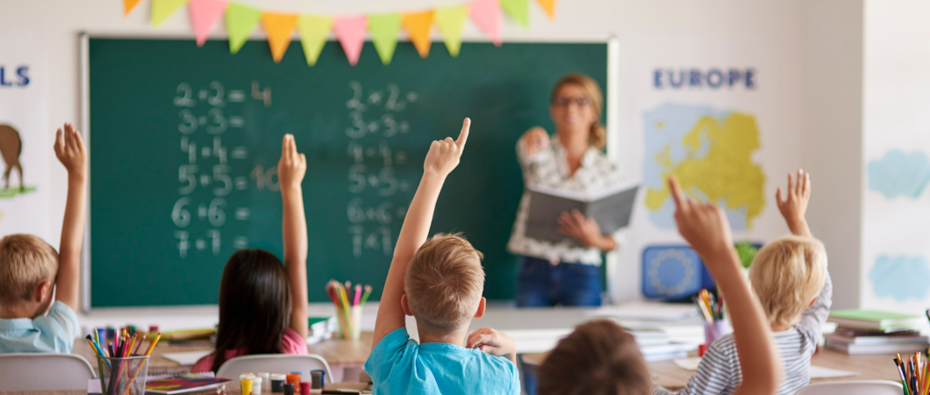
How-to
How-to Guides
How to Guide - Be an Active Listener64KB–pdf
Size: 64KBFile format: pdf
How to Guide - Building Self-Esteem92KB–pdf
Size: 92KBFile format: pdf
How to Guide - Calming Box152KB–pdf
Size: 152KBFile format: pdf
How to Guide - Mindfulness192KB–pdf
Size: 192KBFile format: pdf
How to Guide - Incredible 5 Point Scale311KB–pdf
Size: 311KBFile format: pdf
How to Guide - Pupil Voice199KB–pdf
Size: 199KBFile format: pdf
How to Guide - Self Regulation215KB–pdf
Size: 215KBFile format: pdf
How to Guide - Sensory Curriculum, Coping with anxiety86KB–pdf
Size: 86KBFile format: pdf
Glossary
Click the button below to go to the glossary page.

